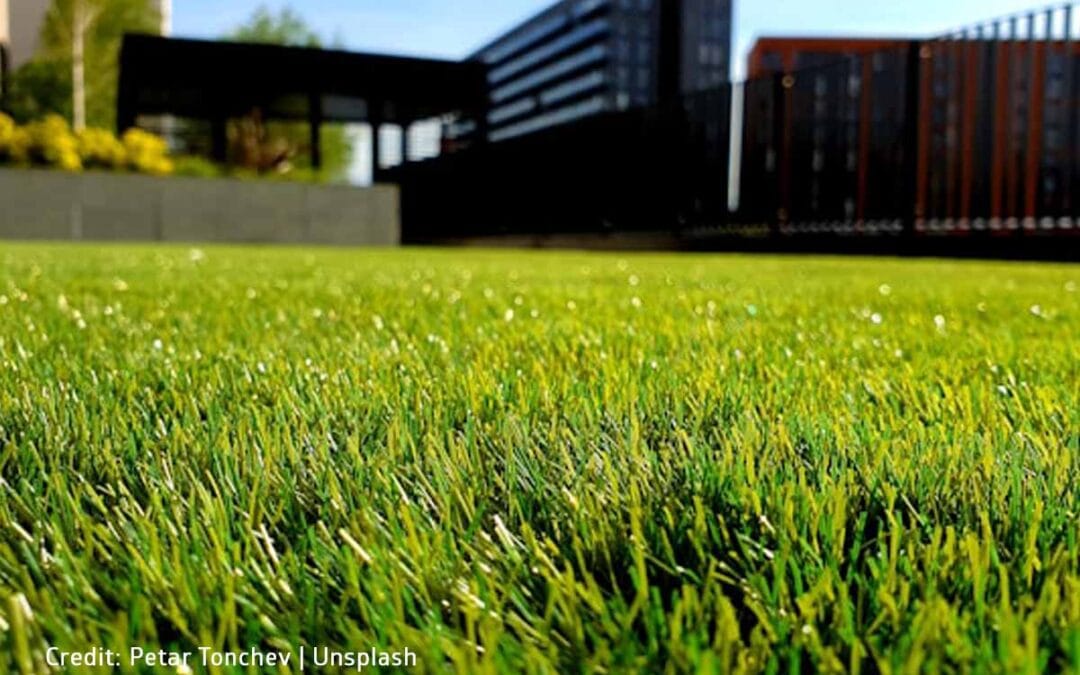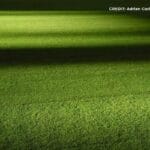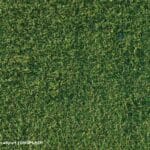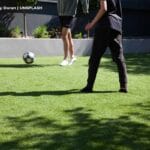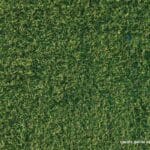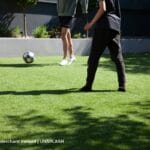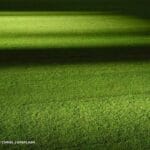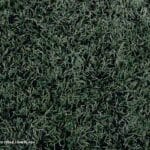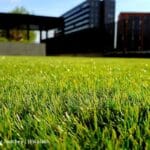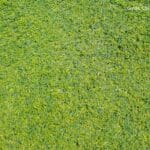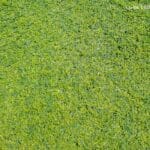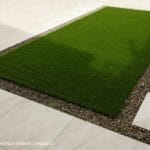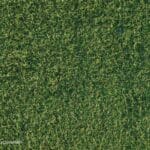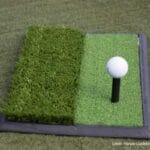Artificial grass is a fantastic alternative to natural turf, offering a lush, green appearance without the hassle of mowing, watering, or fertilizing. If you live in areas prone to drought, artificial grass may mean no longer having to put up with a dry, withered lawn in the dry season. However, while artificial grass is low-maintenance, it does still require some care to keep it looking fresh and vibrant for years to come. Proper maintenance not only enhances its aesthetic appeal but also extends its lifespan, ensuring you get the most out of your investment.
In this guide, we’ll explore essential tips and tricks for maintaining artificial grass, from cleaning routines to preventing wear and tear. Whether you have artificial grass in your backyard or your rooftop or balcony spaces, these techniques will help preserve its beauty and functionality.
1. Routine Cleaning and Debris Removal
Keeping artificial grass clean is key to maintaining its appearance. Debris like leaves, twigs, and dirt can accumulate on the surface, giving it an unkempt appearance and potentially damaging the fibres over time.
How to Clean Artificial Grass:
– Use a rake or leaf blower – A leaf blower or plastic rake can help remove leaves and light debris. Avoid using metal tools for cleaning, as they can damage the grass fibres.
– Sweep with a stiff brush – Brushing against the natural grain of the turf helps keep the fibres upright and prevents matting.
– Rinse with water – Occasionally spraying the grass with water removes small particles, especially in dry, dusty environments.
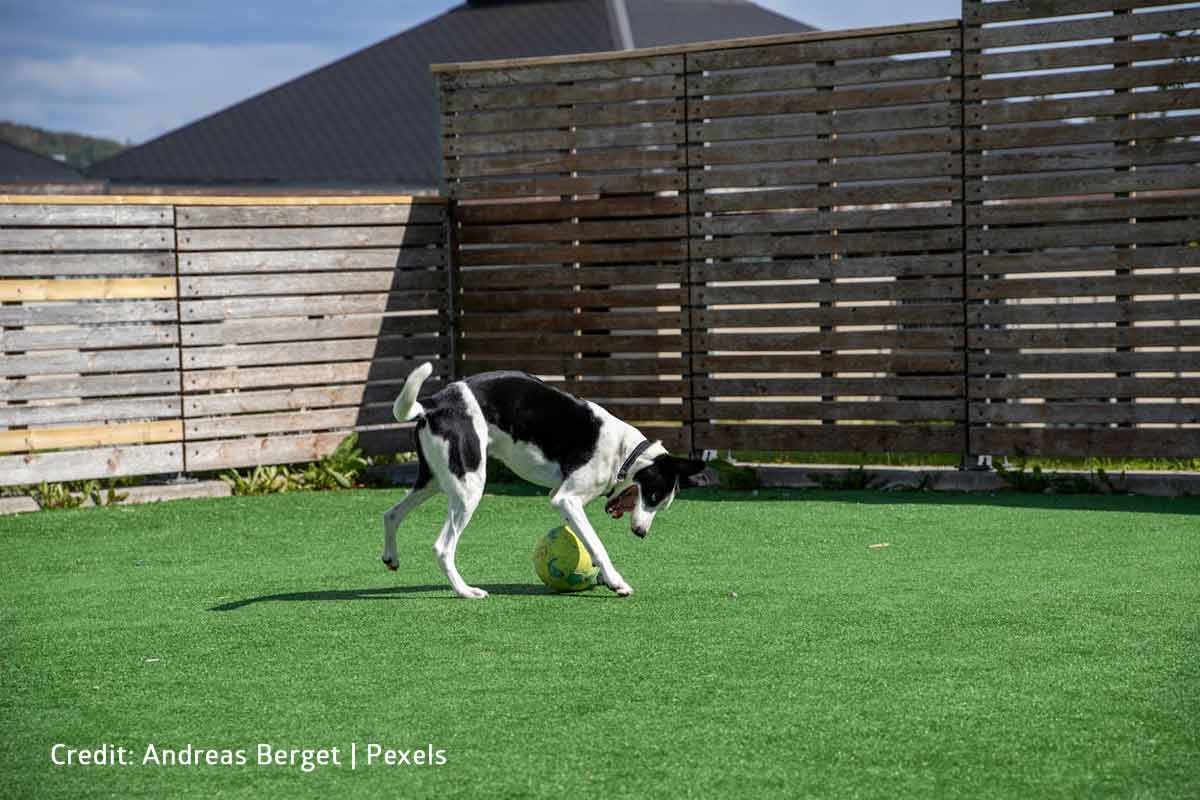
2. Handling Pet Waste and Odours
If you have pets, artificial grass provides a durable and pet-friendly surface. However, pet waste must be managed to prevent odours and bacteria buildup.
Tips for Pet Owners:
– Remove solid waste promptly – Pick up pet waste as soon as possible and rinse that space with water to prevent residue buildup.
– Use a mild soap solution – For stubborn stains or odours, use a mixture of mild dish soap and water to clean the affected area.
– Apply an artificial grass deodorizer – Special enzyme-based cleaners help break down odours and keep the grass smelling fresh.
3. Preventing Weed Growth
Although artificial grass is designed to prevent weed growth, it’s possible for weeds to sprout through drainage holes or around the edges. Keeping weeds at bay will enhance the appearance of your lawn.
How to Prevent Weeds:
– Install a weed membrane – If your artificial grass was installed with a weed barrier, this should minimize growth. If not, consider adding one underneath the grass.
– Remove weeds manually – Pull any weeds that appear before they spread.
– Apply a pet-safe weed killer – Occasionally treating the surface with a non-toxic weed control solution can help prevent unwanted growth. Look into a pet-safe weed remover to ensure you get the job done without harming your best friends.

4. Preventing Matting and Flattening
High foot traffic areas, such as walkways or play areas, may cause artificial grass fibres to flatten over time. Regularly maintaining these areas will keep the turf looking full and natural.
Ways to Keep Grass Fluffy:
– Brush the fibres regularly – Use a stiff-bristled broom or a power brush to lift the blades and restore their shape.
– Rotate heavy objects – Move outdoor furniture, planters, or other heavy items occasionally to prevent excessive flattening in one area.
– Use a silica sand infill – Adding a layer of sand infill can help support the grass blades and improve resilience.
5. Stain Removal and Spill Management
Artificial grass is resistant to most stains, but spills from food, drinks, or oils should be cleaned immediately to prevent discolouration.
Cleaning Common Spills:
– Water-based spills – Rinse with water and blot dry with a cloth.
– Oil-based spills – Use mild soap and warm water to break down grease or oil. Avoid harsh chemicals that may damage the fibres.
– Chewing gum or sticky residues – Freeze the gum using ice cubes, then scrape it off with a plastic scraper.
6. Protecting Against Heat and Sun Damage
Artificial grass is designed to withstand sun exposure, but extreme heat can sometimes cause it to soften or become hot to the touch.
How to Reduce Heat Buildup:
– Use shade structures – Installing a pergola, umbrella, or shade sail can help keep the surface cool.
– Rinse with water – A quick spray of water can lower the temperature of the turf on hot days.
– Choose heat-resistant turf – If installing new artificial grass, opt for varieties designed to withstand high temperatures.
7. Managing Snow and Ice in Winter
Artificial grass is highly durable in winter conditions, but snow and ice management requires special care to prevent damage.
Winter Maintenance Tips:
– Let snow melt naturally – Artificial grass drains well, so light snow should melt and drain away without issue.
– Use a plastic shovel – If you need to remove snow, use a plastic shovel instead of a metal one to avoid damaging the fibres.
– Avoid using salt – Salt can cause residue buildup and affect drainage, so it’s best to let ice melt naturally or use warm water for stubborn spots.
8. Preventing Drainage Issues
Proper drainage is crucial for keeping artificial grass in good condition. If you notice puddles or slow drainage, the issue should be addressed promptly.
How to Improve Drainage:
– Check for compacted areas – Over time, the ground beneath the turf may become compacted, reducing drainage efficiency. Loosening the base material can help.
– Clear drainage holes – Ensure the turf’s drainage holes are free from debris to allow water to pass through effectively.
– Improve the base layer – If persistent drainage issues occur, adding a layer of crushed gravel or sand beneath the grass can help improve water flow.
9. Avoiding Fire and Hot Objects
Artificial grass is not flammable, but it can melt if exposed to extreme heat or direct flames. Taking precautions will prevent heat-related damage.
Fire Safety Tips:
– Keep barbecues and fire pits away – Place grills, fire pits, and outdoor heaters on paved surfaces to avoid heat damage.
– Avoid smoking near the turf – Cigarette butts can cause burn marks if dropped on the grass.
– Be cautious with reflective surfaces – Windows, mirrors, or shiny objects can reflect sunlight and create hot spots that may melt the grass.
10. Scheduling Professional Maintenance
While most artificial grass care can be done independently, occasional professional maintenance can help keep it in top shape.
Benefits of Professional Care:
– Deep cleaning – Professionals use specialized equipment to remove deep-seated dirt and odours.
– Infill replacement – Over time, sand or rubber infill may become compacted or displaced, requiring replenishment.
– Seam and edge repairs – If seams or edges start to lift, professionals can resecure them to prevent tripping hazards.
—
Artificial grass is a beautiful and practical landscaping solution, but proper care is essential to maintain its long-lasting appeal. By following these tips and tricks, your artificial grass will continue to provide a vibrant, low-maintenance green space that enhances your outdoor living experience. Whether it’s in your backyard or your rooftop, these care techniques will keep your synthetic lawn looking fresh and inviting.
Looking for durable, long-lasting artificial grass that looks and feels like the real deal? Then take a look at our selection here at Lazy Lawn. We provide high-quality synthetic grass for lawns, balconies, and patios to give your home a splash of colour. Our grass provides the feel and aesthetic of natural grass without the hassle of maintenance and watering. Give us a call now at (888) 622-5296 and find yourself some artificial grass to add a little green to your spaces.

